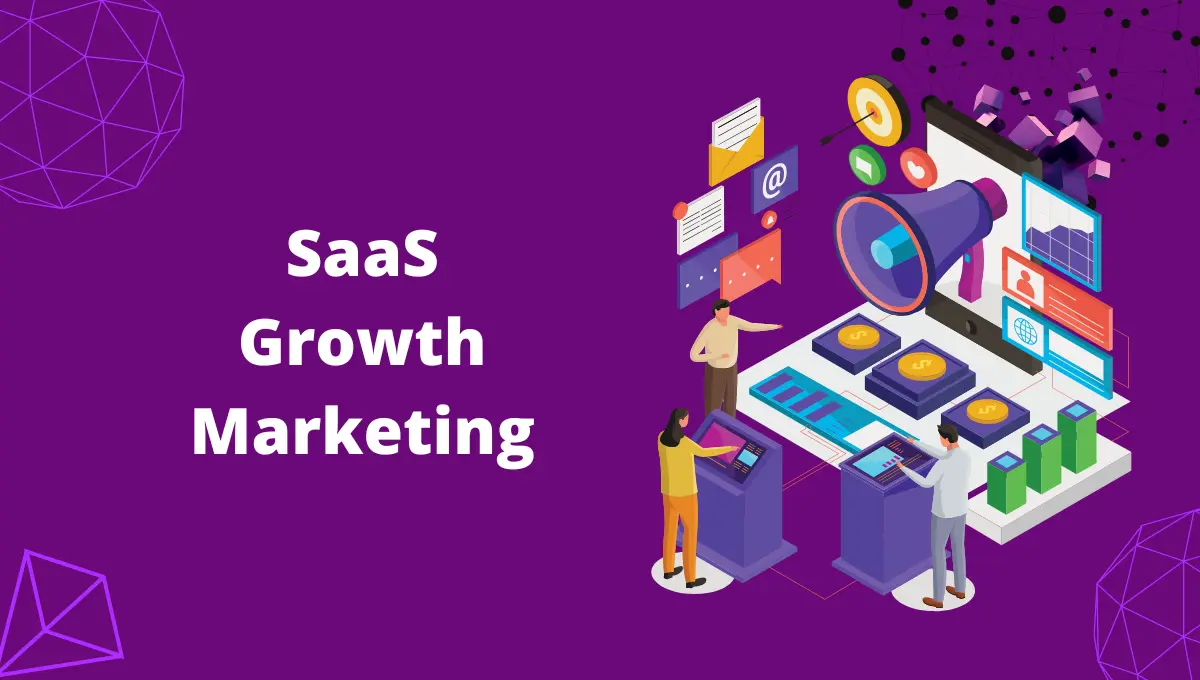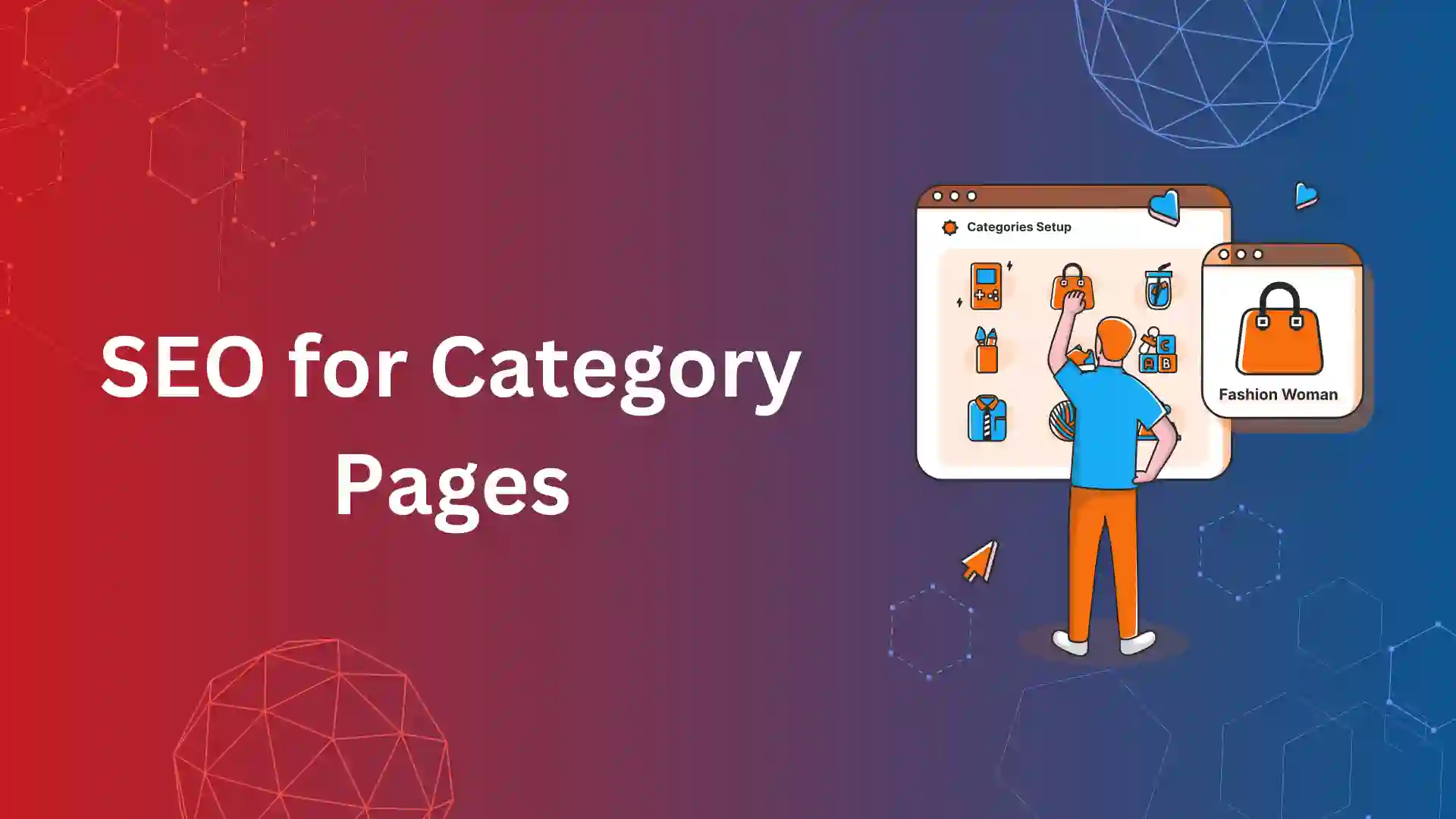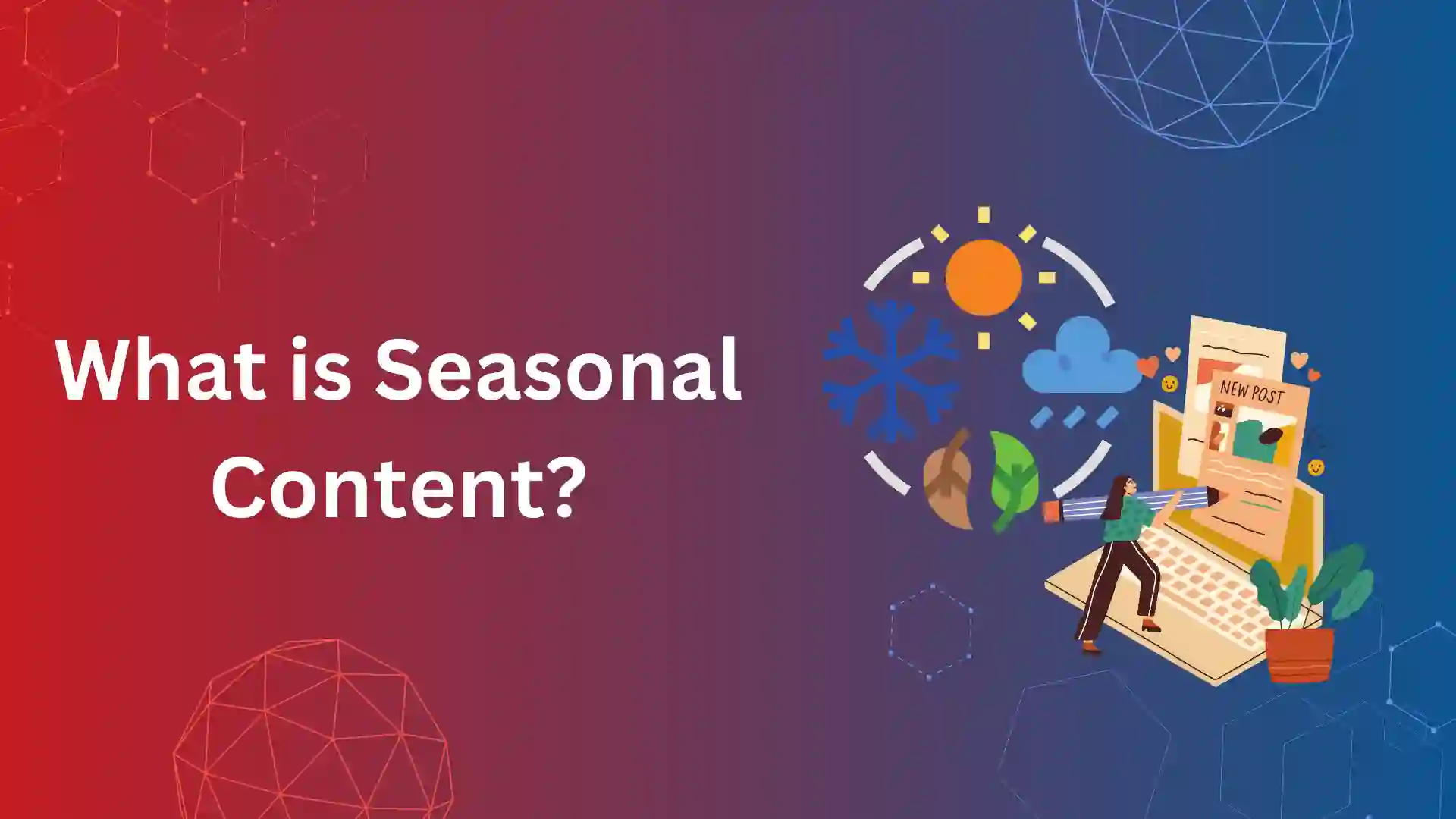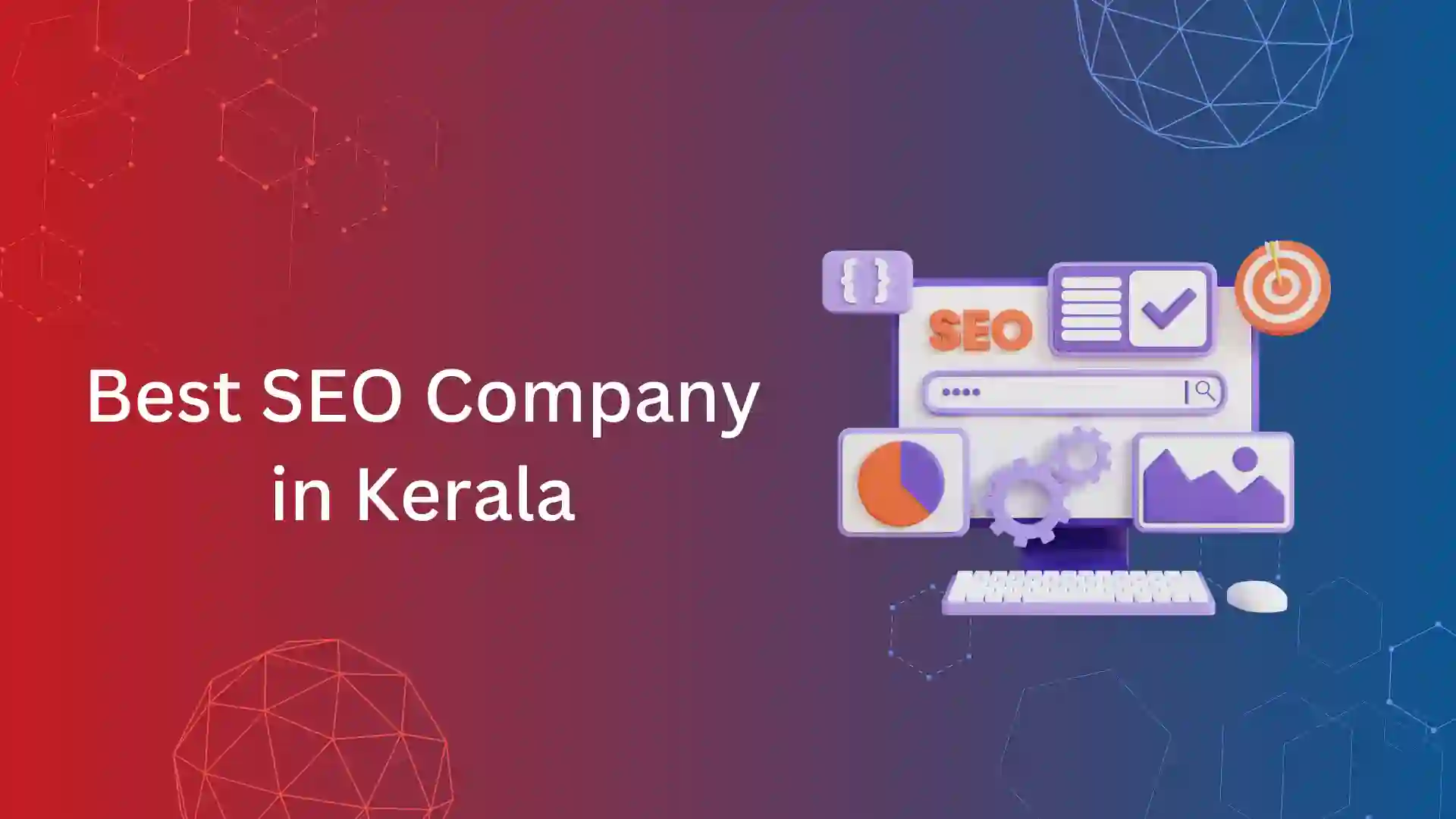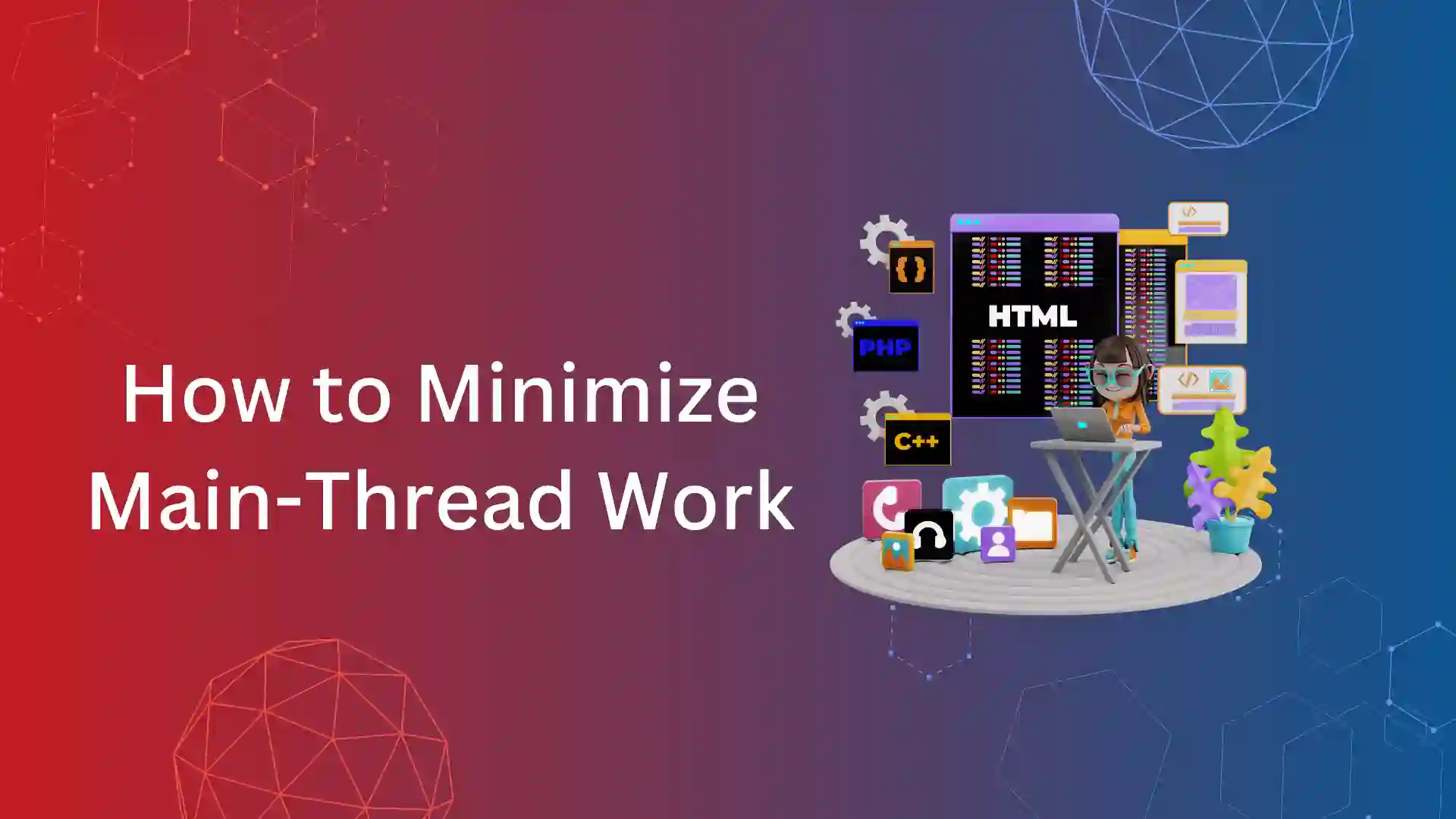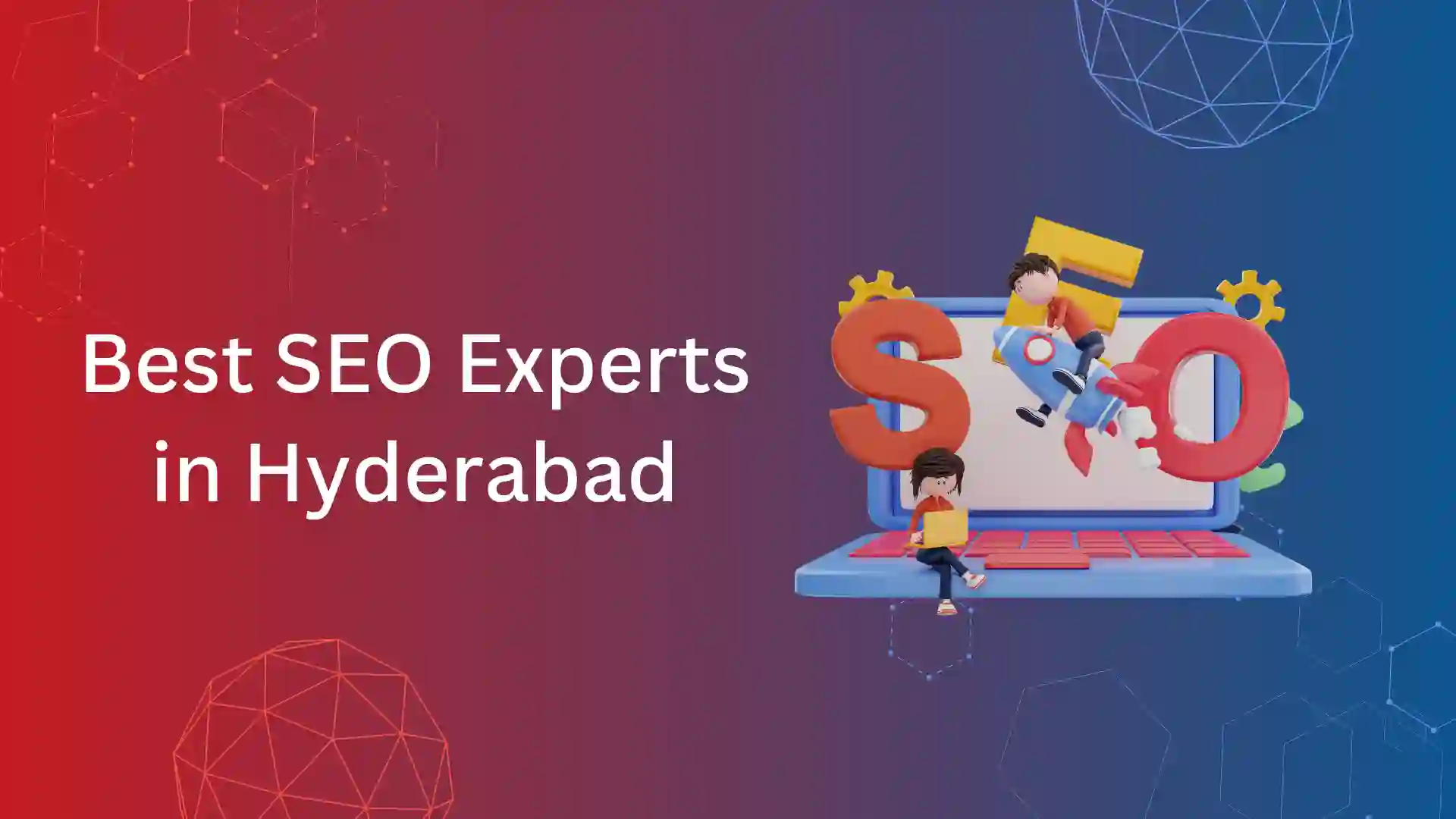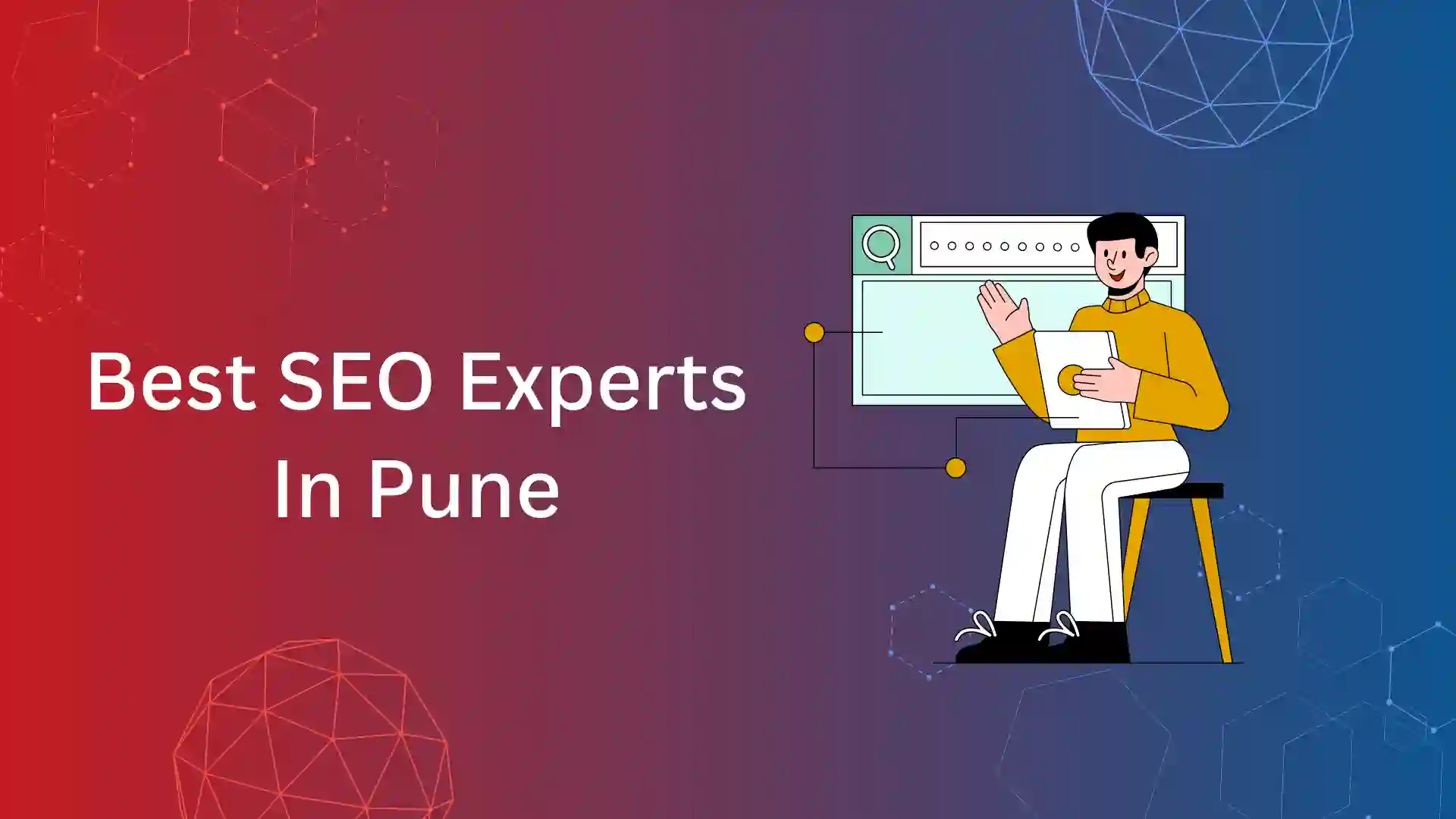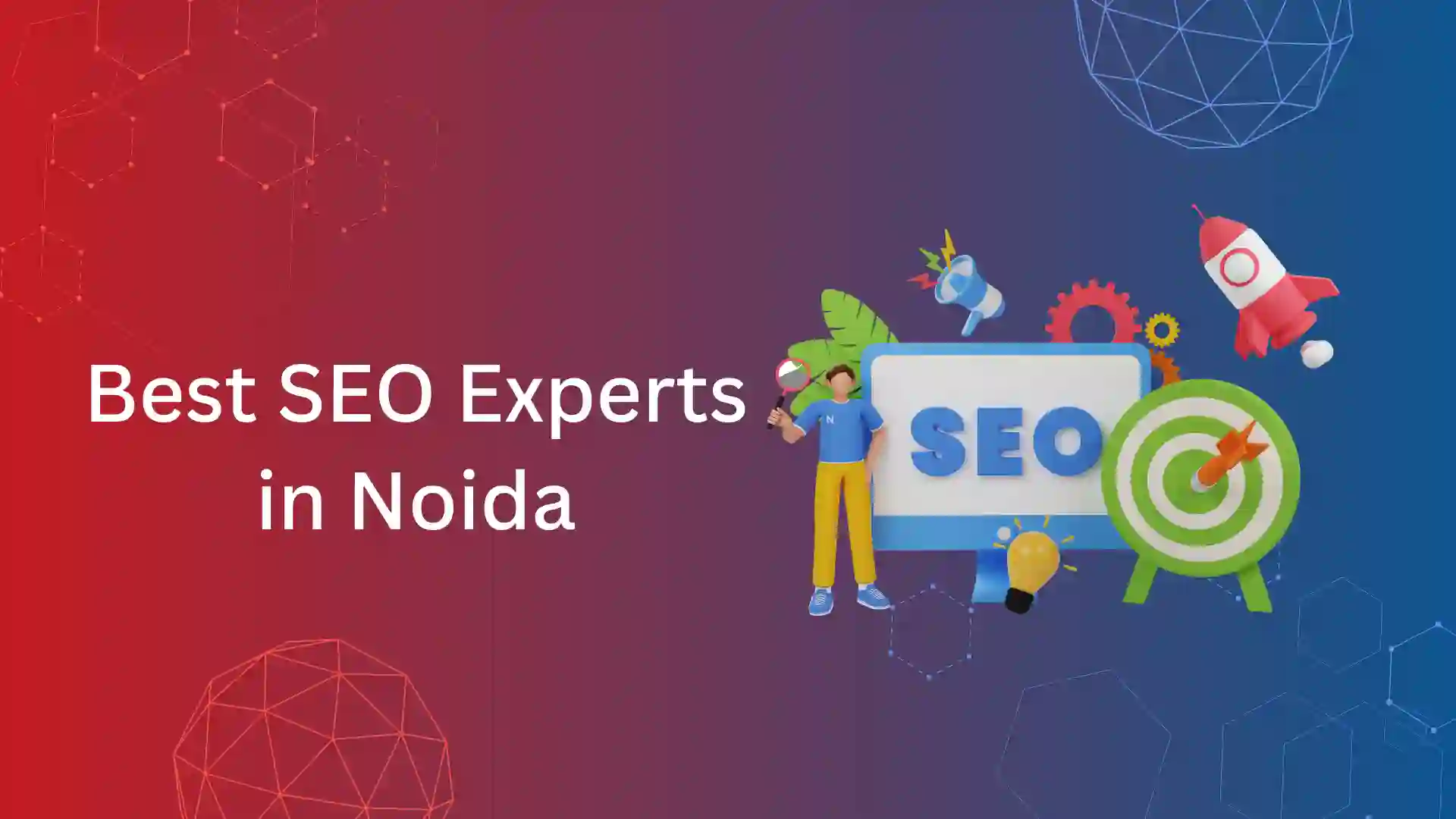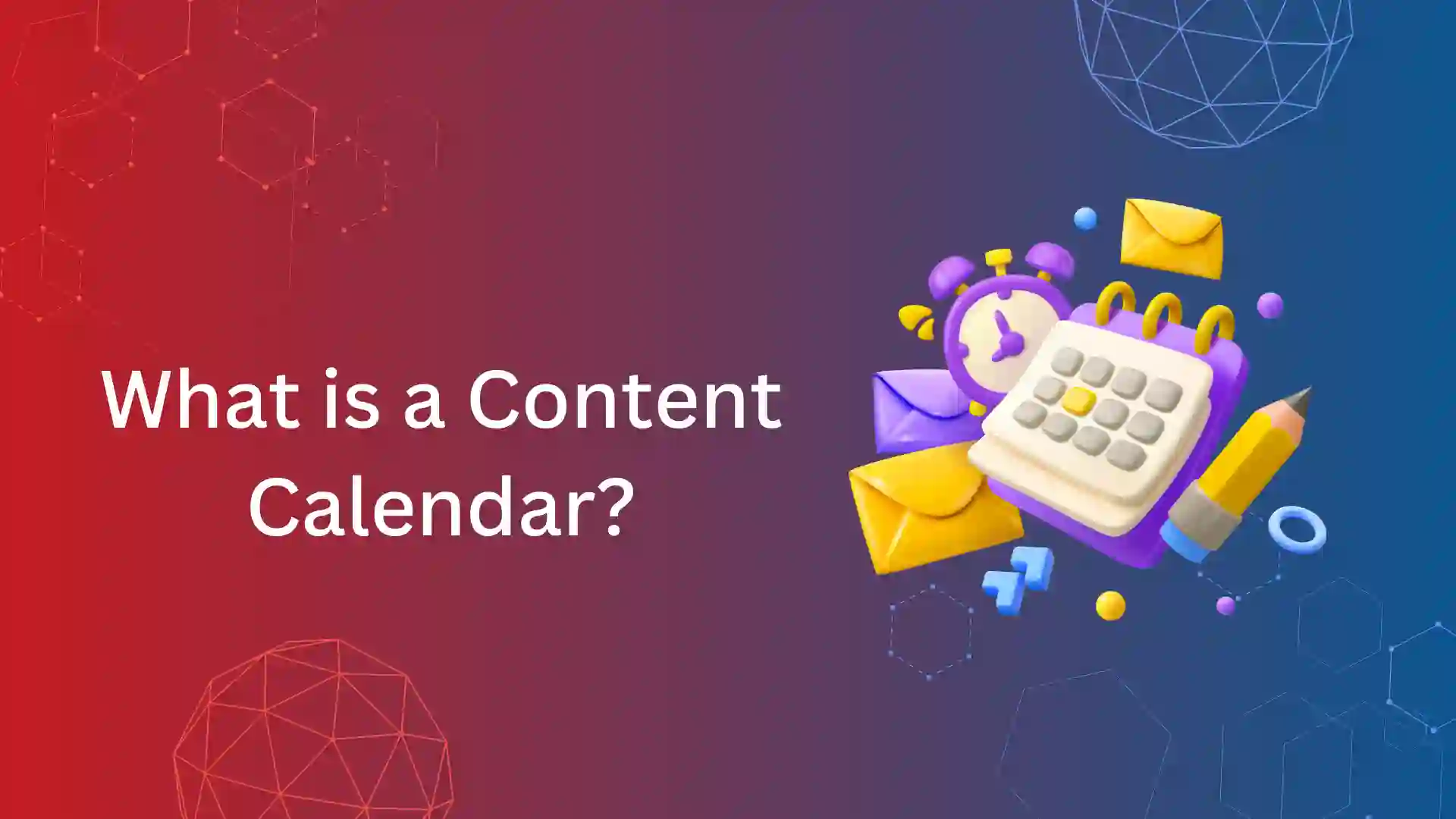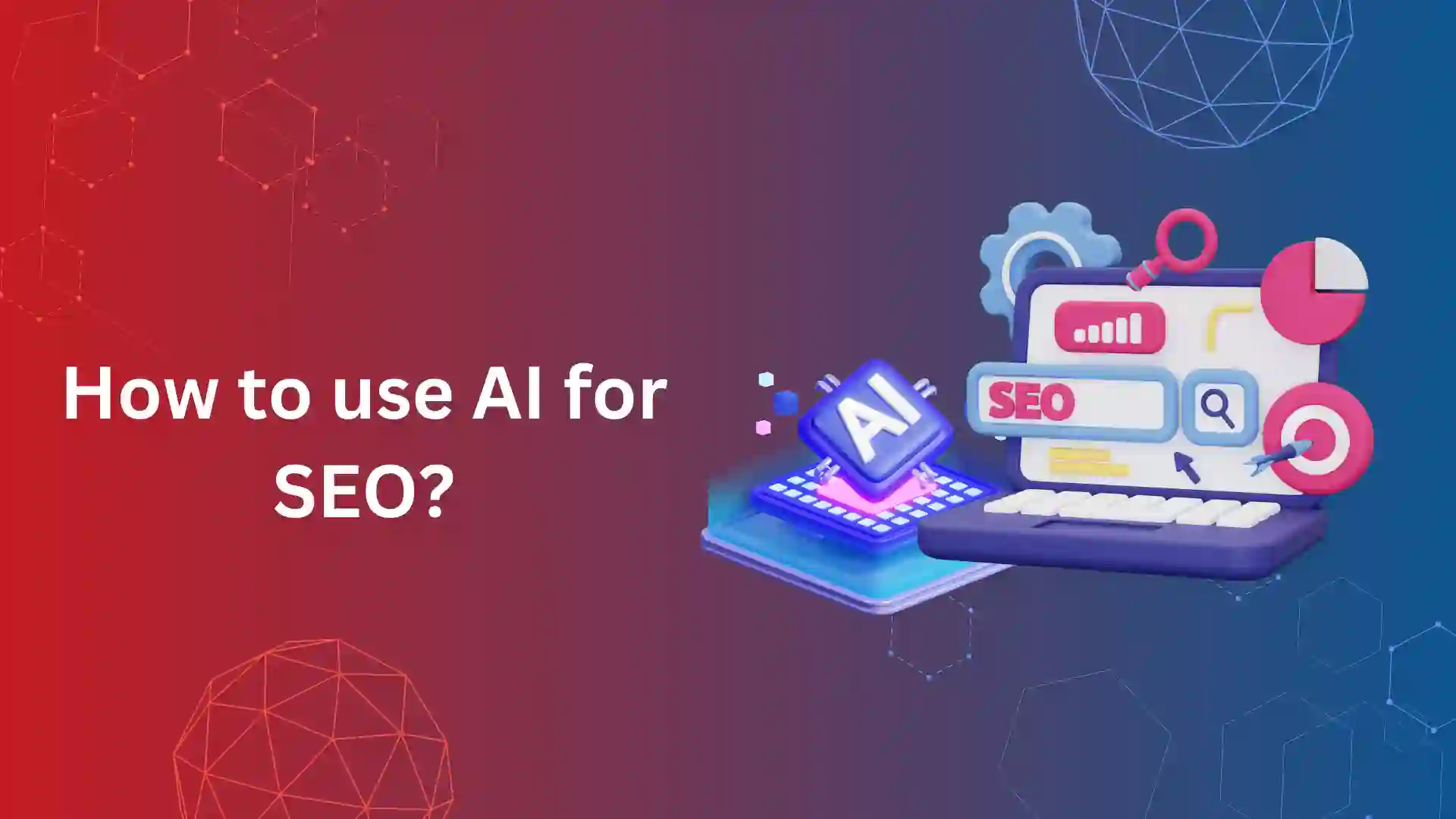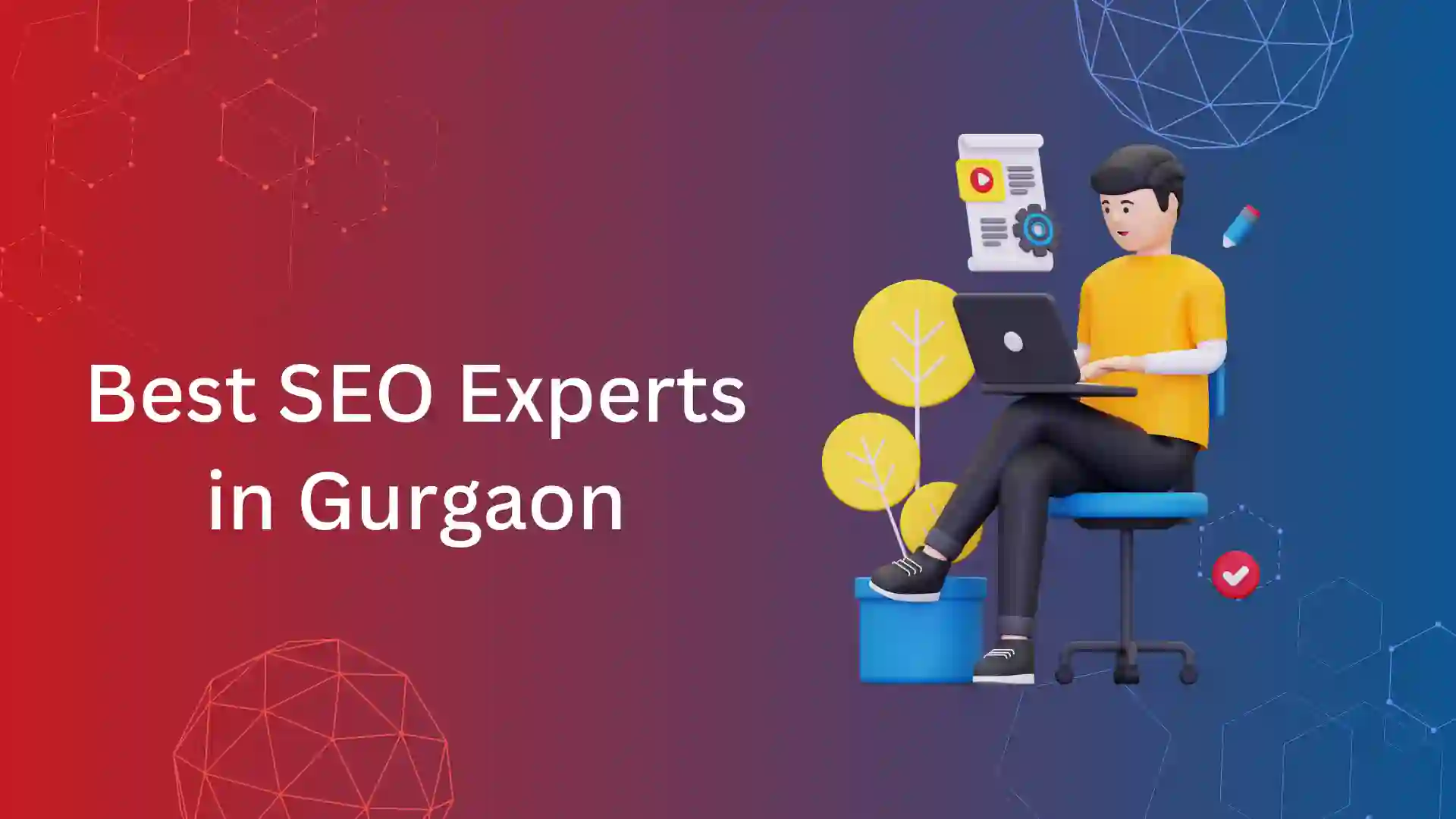With the number of software companies increasing day by day, the competition to get on the top is also increasing. In SaaS business, lack of growth means the end of a company.
There is competition in every sector, and SaaS is no different. To always stay and to grow your business long term, you need to have a growth marketing strategy that can help you have an edge over your competitors.
This article discusses what growth marketing for SaaS is and what steps one can follow to create a growth marketing strategy to excel in SaaS business.
What Is SaaS Growth Marketing?
SaaS growth marketing focuses to acquire new customers to their platform and convert them into paying customers by building product and framing go-to-market strategy.
Growth marketing drive growth and expand the reach and customer base of the SaaS product. It includes organic, paid, social media, Email, and other inbound marketing efforts to generate leads and convert customers.
The main goal of the SaaS growth marketing strategies is to acquire customers who can pay subscription amount for many years (retention).
In SaaS marketing, the customer acquisition cost or CPA will be higher, as the average revenue per user, and lifetime value of a customer will be for many years.
What Are the Core Elements of a SaaS Growth Marketing Strategy?
There are three elements that determine the success of any SaaS growth marketing strategy. They establish the foundation that helps SaaS brands achieve their growth goals. They are
- market strategy,
- product strategy, and
- go-to-market strategy.
1. Market strategy – Understand your target audience
Here, your market means your target audience. Understanding your target audience can help you find the best way to reach them.
It requires doing sufficient research on your prospective customers and understanding their needs, challenges, and pain points.
You also need to understand what marketing channels your customers prefer and how you can leverage them to reach your audience faster.
2. Product strategy – How do your customers benefit from the product?
In this step, you check whether your product meets your customers’ needs. To do this, you need to thoroughly understand what your audience needs and ensure you have them in your product.
The steps involved in product strategy are
- conducting customer research,
- developing a product roadmap, and
- optimizing the products regularly based on reviews and feedback from customers.
You should also select a suitable pricing plan for your products.
3. Go-to-market strategy – How do you reach your audience?
After you research your customers and optimize your products accordingly, the next step would be to bring your products to your target audience. This step mainly involves generating leads and conversions for your products.
A simple way to do this is to create an effective SaaS marketing plan, create compelling content, and use the right growth marketing channels to reach your audience.
You can also create hype around your product and attract your audience to your products.
Steps to Start Growth Marketing for SaaS?
Follow these steps to create an effective growth marketing strategy for your SaaS products.
1. Define your target audience
The first step in creating your SaaS growth marketing strategy is to define your target audience.
You need to understand who your ideal customer is and what needs your SaaS product can satisfy for them.
Creating a user/buyer persona is a good way to start while creating your marketing strategies. Personas are semi-fictional characters that represent a group of your potential customers.
You can include details such as demographics, behavioral traits, personality, needs, pain points, etc. while creating your personas.
2. Identify the right growth marketing channels
Once you have an understanding of your customers, the next step is to identify which channel they frequent the most and create strategies for those channels.
For example, If you are a SaaS company that deals with HRM Software, you can find your clients using channels like the following:
- SEO to gain organic traffic for your websites
- Performance marketing channels like PPC, display ads, affiliate programs, etc.
- Content marketing using blog, YouTube, etc.
- Retargeting through Facebook, LinkedIn, etc.
Create a conversion funnel
Now, create a conversion funnel that will track the number of conversions you will get from the visitors who visit your web page. Set conversion goals (e.g., 100 clicks per month) and track conversions using growth marketing tools like Google Analytics.
Design and optimize your web pages in a way that will persuade and encourage your visitors to take the final step and convert into customers.
4. Create a content strategy
Relevant and helpful content goes a long way in attracting a large number of customers to your brand. Create a content strategy that is relatable to what your audience needs.
Creating a content strategy is important for any SaaS growth marketing strategy. They help build trust among customers and promote the growth of a business.
Content is one of the most effective ways to attract and retain customers for your brand.
While creating your SaaS growth strategy, you can include various content in the form of blogs, infographics, case studies, e-books, etc.
5. Set up a lead capture system
Leads are very important for any marketing strategy. Set up a lead capture system that captures the details of each lead you get from your campaigns.
A lead capture system is a tool or process that captures the personal information of a brand’s visitors or potential customers.
The info may include information like name, phone number, email address, etc. You can use these information to follow up on your leads and convert them into customers.
You can capture leads through landing pages (lead-capture landing pages), pop-ups, forms, etc.
You can use CRM tools to capture leads from various campaigns, and they are easy to track every campaign performance. These tools also help to automate the nurturing process of the leads through Email marketing or other automation channels.
6. Search engine optimization (SEO)
Optimize your website for SEO to make it rank higher on the search engine results page. Here are some SEO tips to optimize your website for better ranking.
- Use the right keywords.
- Build a site architecture.
- Format the content structure, followed by content optimization.
- Optimize your title, meta-descriptions, headers, etc.
- Make sure to link the relevant internal web pages.
- Make your website content relevant to what your users are searching for.
- Keep your content fresh and free from plagiarism issues.
- Make sure your web pages are accessible by every crawler to index them.
- Every web page should be mobile-friendly with loading speed of less than 2.5 seconds.
SEO might take a long time and can be tiring, but the results you get will be worth it. A website that is optimized for SEO has a high chance of ranking in Google and can attract maximum customers.
7. Analyze and adjust
The final step to creating an effective and top-performing SaaS growth marketing strategy is analyzing and optimizing them wherever necessary.
You need to regularly track and measure the results of your marketing strategies and see what works and what does not for your brand.
You need to be flexible and adapt to the changes in the market. Learning more about your audience’s behavior can help you adjust your marketing strategies accordingly.
Conclusion
The SaaS industry is evolving rapidly, and growth marketers need to up their game by coming up with creative and innovative ways to engage and retain their customers.
Implementing growth marketing strategies with the help of leading Growth Marketing agency for your SaaS products can be tiresome and take a long time to create.
But they have a huge potential and can help you gain more customers and lead to the long-term success of the brand.
Frequently Asked Questions
SaaS marketing is a marketing strategy that is used for SaaS products to generate leads and conversions. It focuses on providing value to customers and ultimately reducing churn and retaining customers.
SaaS companies use the Internet to deliver applications (software) as a service for customers. SaaS products are also called web-based software, hosted software, or on-demand software.
Some well-known examples of SaaS products include Google Workspace, Dropbox, Zoom, Microsoft Office suite, Salesforce, etc.
There are three elements that determine the success of any SaaS growth marketing strategy. They establish the foundation that helps SaaS brands achieve their growth goals. They are
- market strategy,
- product strategy, and
- go-to-market strategy.

